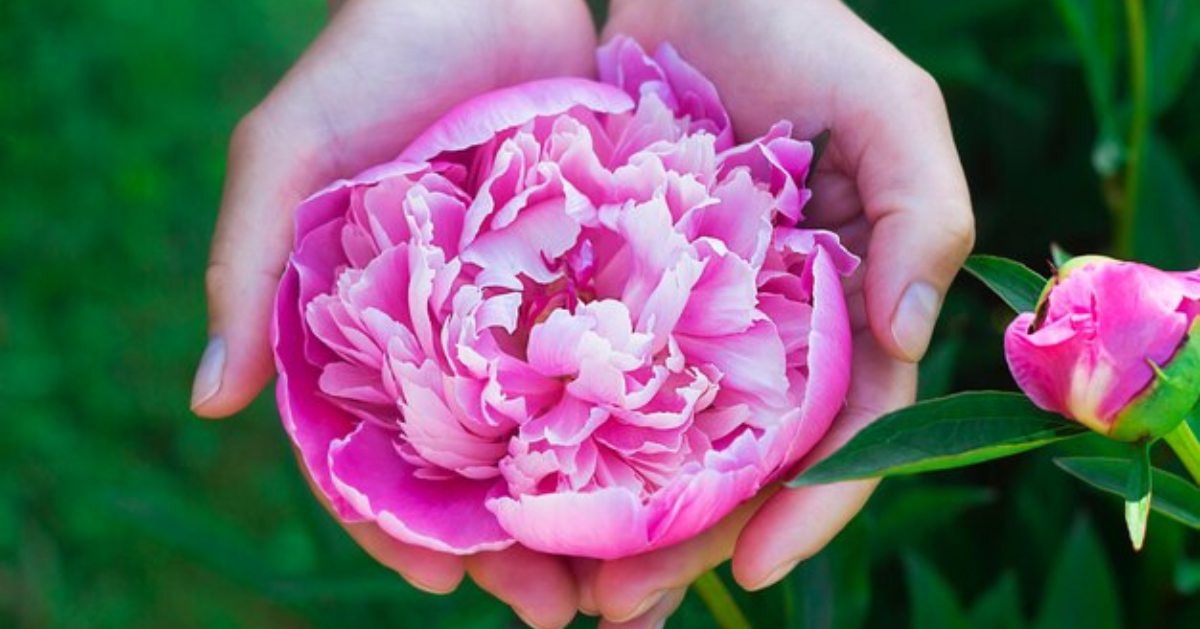Paeonia lactiflora, commonly known as the Chinese peony or garden peony, is a perennial flowering plant celebrated for its lush, fragrant blooms and ornamental appeal. Originating in East Asia, particularly China and Siberia, this plant has gained immense popularity in gardens worldwide for its stunning flowers and easy maintenance.
A Brief History of Paeonia Lactiflora
The history of Paeonia lactiflora stretches back thousands of years. Originally cultivated in ancient China, it was prized for its medicinal properties and beauty. By the 18th century, Paeonia lactiflora made its way to Europe and became a cherished garden staple.
Botanical Features of Paeonia Lactiflora
Paeonia lactiflora is a herbaceous perennial that grows to a height of 1–3 feet. Its glossy green leaves, coupled with large, showy blooms, make it a favorite among gardeners. Flowers come in a variety of colors, including pink, white, red, and yellow, and can grow up to 8 inches in diameter.
Why Is Paeonia Lactiflora So Popular?
The Chinese peony is adored for its versatility and timeless beauty. Its flowers are a symbol of prosperity, love, and good fortune in many cultures. Moreover, the plant’s low-maintenance nature makes it accessible to both novice and experienced gardeners.
Ideal Growing Conditions for Paeonia Lactiflora
To grow Paeonia lactiflora successfully, it’s essential to provide the right conditions. It thrives in USDA zones 3–8, preferring full sun to partial shade. Well-drained, nutrient-rich soil with a slightly acidic to neutral pH is ideal for healthy growth.
Planting Paeonia Lactiflora: Step-by-Step Guide
Choose the Right Spot: Select a sunny location with good air circulation.
Prepare the Soil: Loosen the soil and add compost for improved drainage.
Plant at the Right Depth: Place the root crown 1–2 inches below the soil surface.
Water Generously: After planting, water thoroughly to help establish roots.
Watering and Feeding Tips
Peonies require consistent moisture, especially during their growing season. However, avoid overwatering, as waterlogged soil can lead to root rot. Fertilize with a balanced fertilizer in early spring to encourage vibrant blooms.
Common Pests and Diseases
While Paeonia lactiflra is generally hardy, it can be susceptible to pests like aphids and diseases such as powdery mildew. Regular inspections, proper spacing, and good sanitation practices can help prevent these issues.
Pruning and Maintenance
Pruning is essential for maintaining the health and appearance of your peonies. Remove spent flowers and dead foliage in late autumn. This not only improves aesthetics but also reduces the risk of disease.
The Role of Paeonia Lactiflra in Traditional Medicine
In traditional Chinese medicine, Paeonia lactiflra is valued for its root, which is believed to have anti-inflammatory, analgesic, and immune-boosting properties. It has been used to treat conditions like menstrual disorders and muscle pain.
Symbolism and Cultural Significance
Paeonia lactiflra is a symbol of wealth, honor, and romance in Chinese culture. Its blooms are often associated with weddings and celebrations, making them a popular choice for bouquets and decorations.
How to Use Paeonia Lactiflra in Garden Design
Peonies are versatile and can be used in various garden settings. They work well as borders, focal points, or companions to other perennials like irises and roses. Their stunning blooms also make them excellent cut flowers.
Tips for Prolonging Vase Life of Peonies
To enjoy your peony blooms indoors, cut them early in the morning when the buds are slightly open. Place them in a vase with fresh water, and change the water every two days to maximize their lifespan.
Hybrid Varieties of Paeonia Lactiflra
Over the years, horticulturists have developed numerous hybrids of Paeonia lactifloa. Some popular varieties include ‘Sarah Bernhardt,’ known for its soft pink petals, and ‘Bowl of Beauty,’ which features unique bicolor blooms.
Sustainability and Environmental Impact
Paeonia lactiflora is a sustainable plant that requires minimal resources to grow. It attracts pollinators like bees and butterflies, contributing to the health of local ecosystems.
The Peony Flower in Art and Literature
Peonies have inspired countless artists and writers over the centuries. Their delicate beauty has been depicted in traditional Chinese paintings, poetry, and even modern art.
Seasonal Care Guide for Paeonia Lactiflora
Spring: Fertilize and remove winter mulch.
Summer: Deadhead spent blooms and monitor for pests.
Autumn: Cut back foliage and prepare for dormancy.
Winter: Add a layer of mulch to protect roots from frost.
How Long Do Peonies Live?
With proper care, Paeonia lactiflora plants can live for decades. Some peonies have been known to thrive for over 50 years, making them a worthwhile investment for any garden.
Conclusion
Paeonia lactiflora is more than just a beautiful flower—it’s a timeless symbol of elegance, tradition, and resilience. Whether you’re an experienced gardener or a beginner, incorporating these stunning blooms into your garden can bring a touch of luxury and joy.
FAQs
How do I divide Paeonia lactiflora plants?
To divide peonies, dig up the root clump in early autumn, carefully separate the crowns with a knife, and replant them in prepared soil.
Can I grow Paeonia lactiflora in containers?
Yes, but ensure the container is large enough to accommodate its roots and has proper drainage.
Why isn’t my Paeonia lactiflora blooming?
Common reasons include insufficient sunlight, planting too deeply, or improper fertilization.
Are Paeonia lactiflora flowers edible?
While the petals are sometimes used for garnishing, they should be consumed in moderation as they may cause stomach upset in some people.
When is the best time to plant Paeonia lactiflora?
Autumn is ideal for planting, as it allows the roots to establish before winter dormancy.

